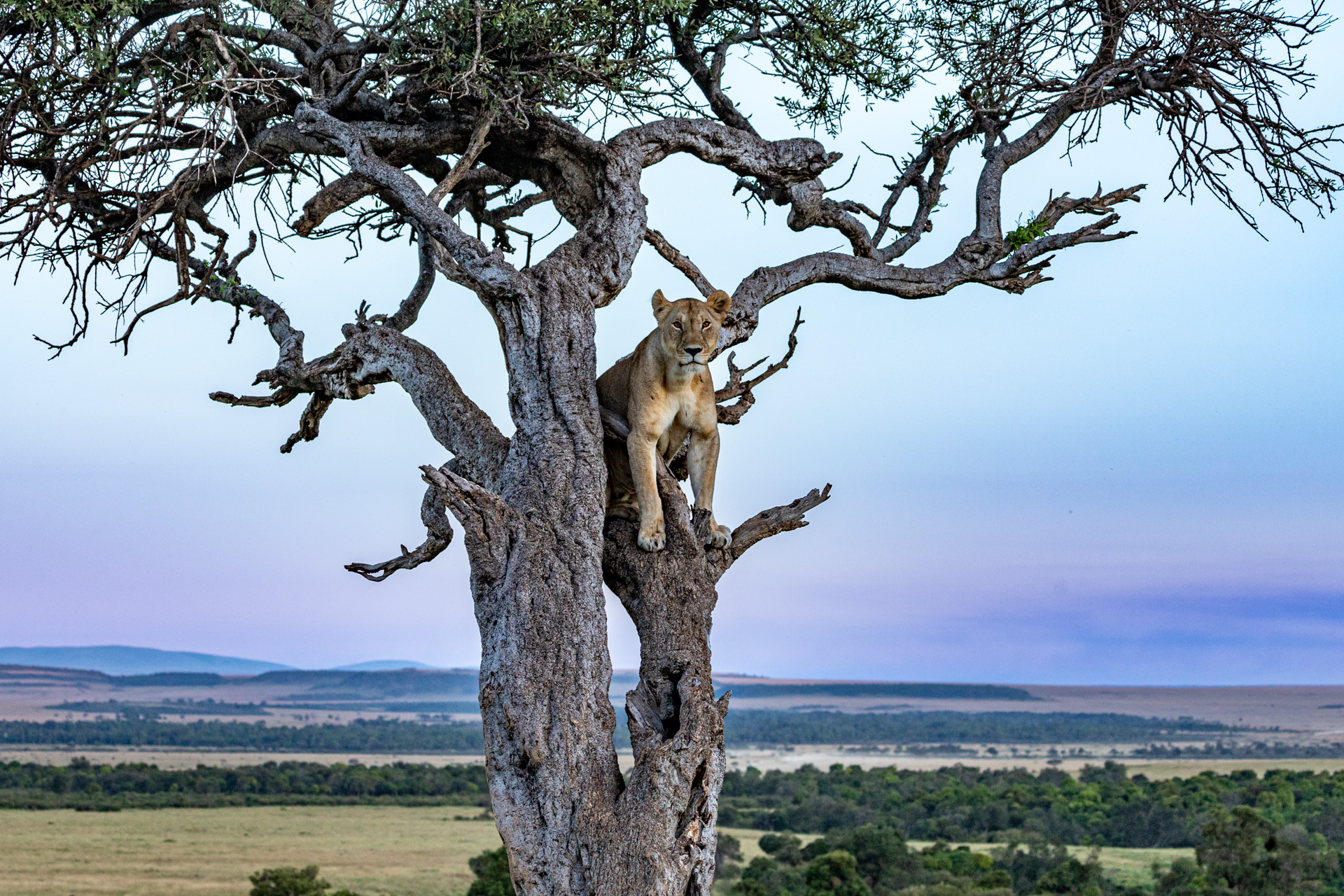
Gaining perspective of landscape and the animals from above on a hot-air balloon is such a wonderful thing. After the fires we mentioned last week, there are large parts of the Triangle that have been burnt. The new grass that will grow here will attract countless animals of different species and we are already seeing many of them moving towards and into these areas.
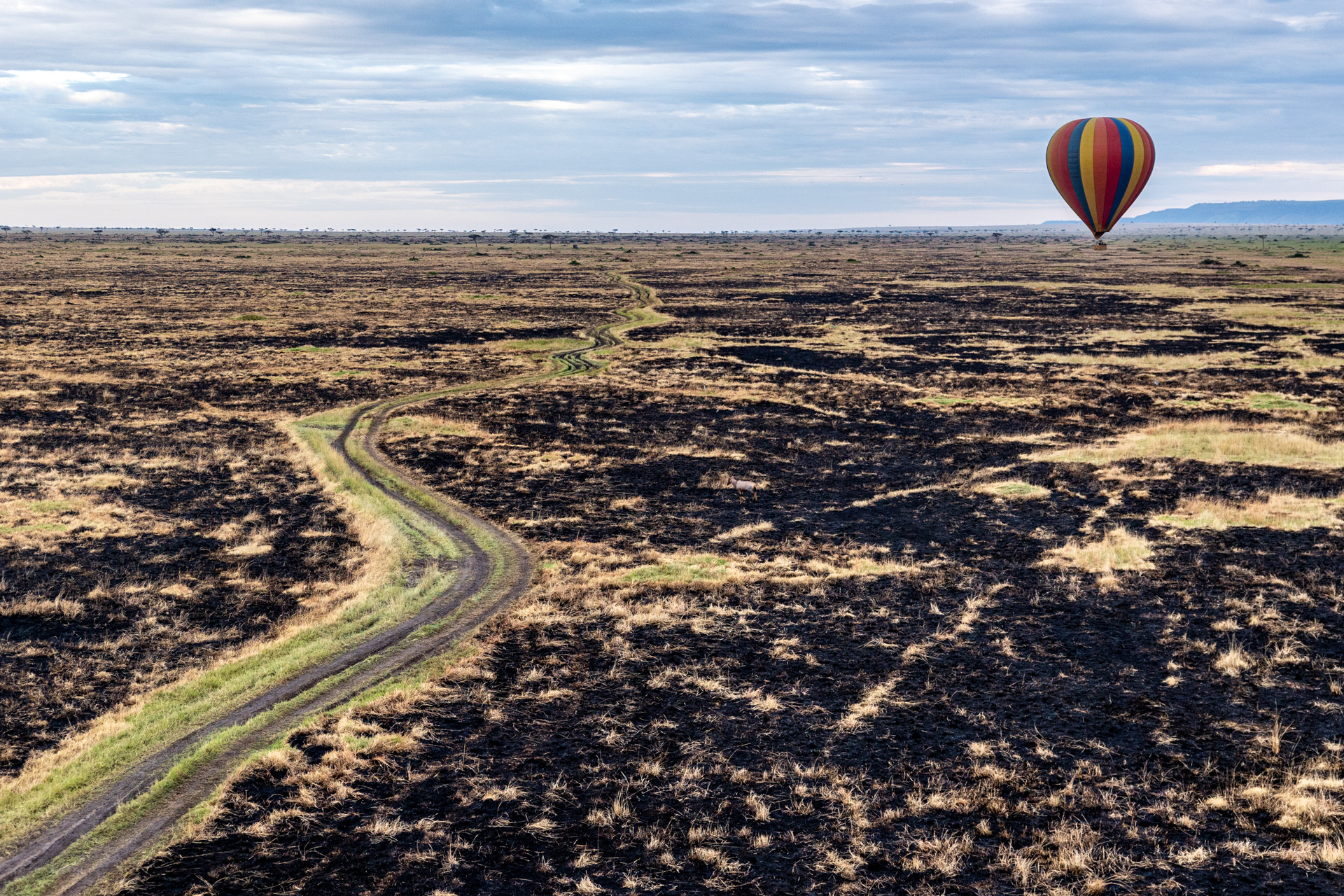
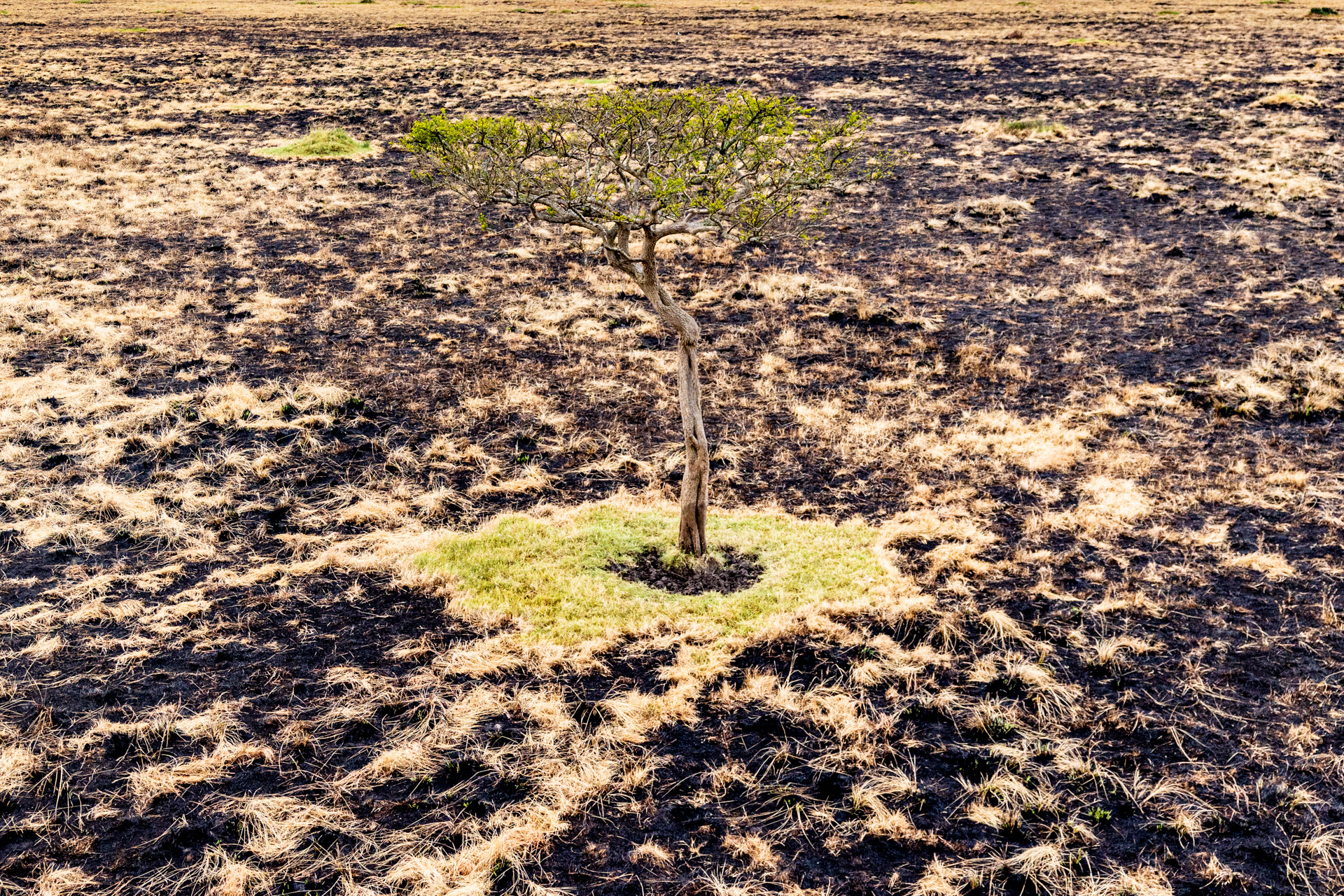
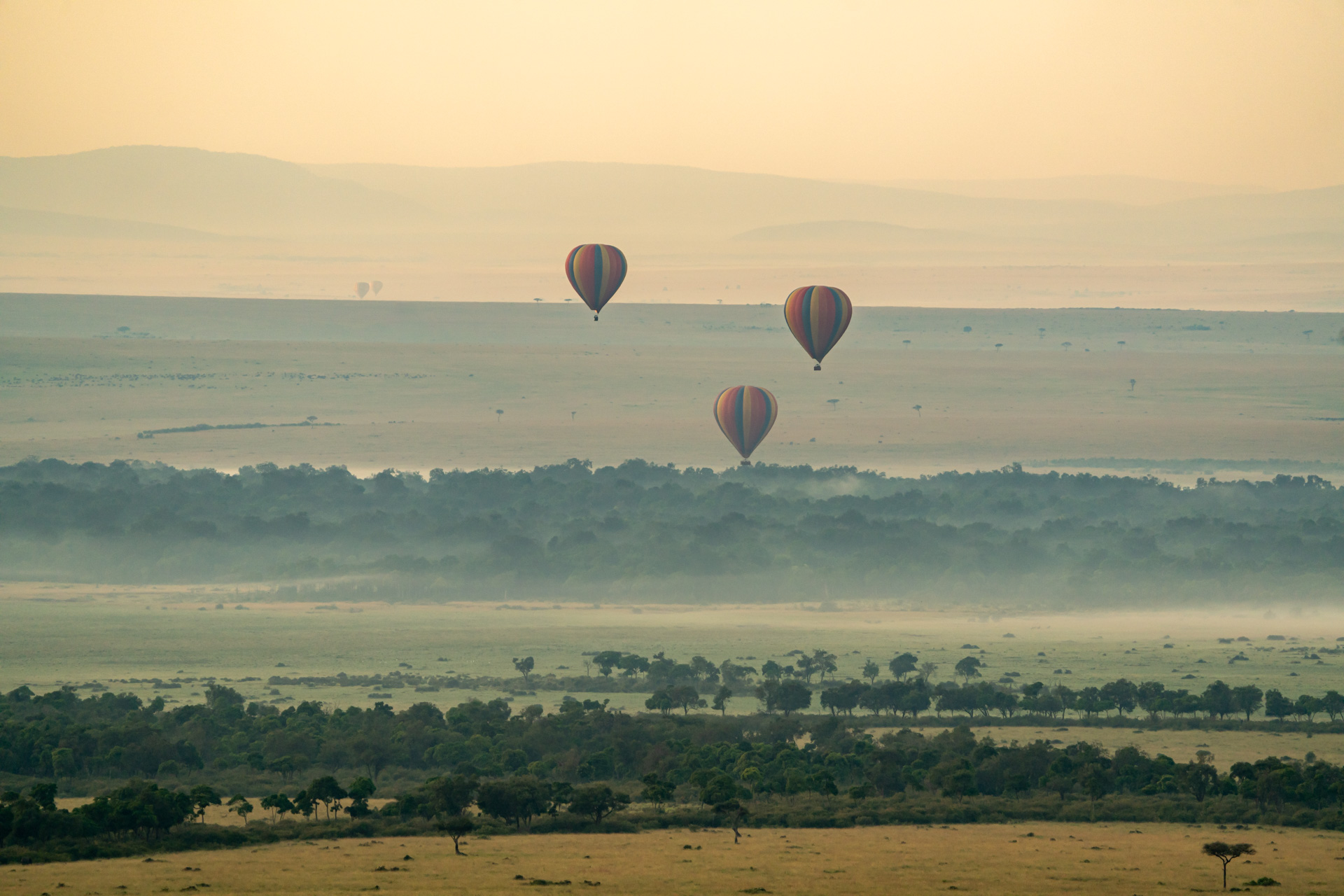
We ended this particularly exciting balloon ride with a sighting of some lions, so we hopped out of the balloon and into the vehicle to find the Egyptian Pride. We watched as the three cubs stayed back and several females slowly approached two unsuspecting zebras. It was fascinating to witness the way they strategically spread out to create an ambush, as they have learnt to hunt as a team. One of the females came near the road and used a small ditch as cover. Then, in a burst of energy, with all her muscles tensed, she sprinted towards the zebra. However, she did not get close and the zebras took off. The thrill of watching a lion hunt is always unforgettable even when it is unsuccessful.
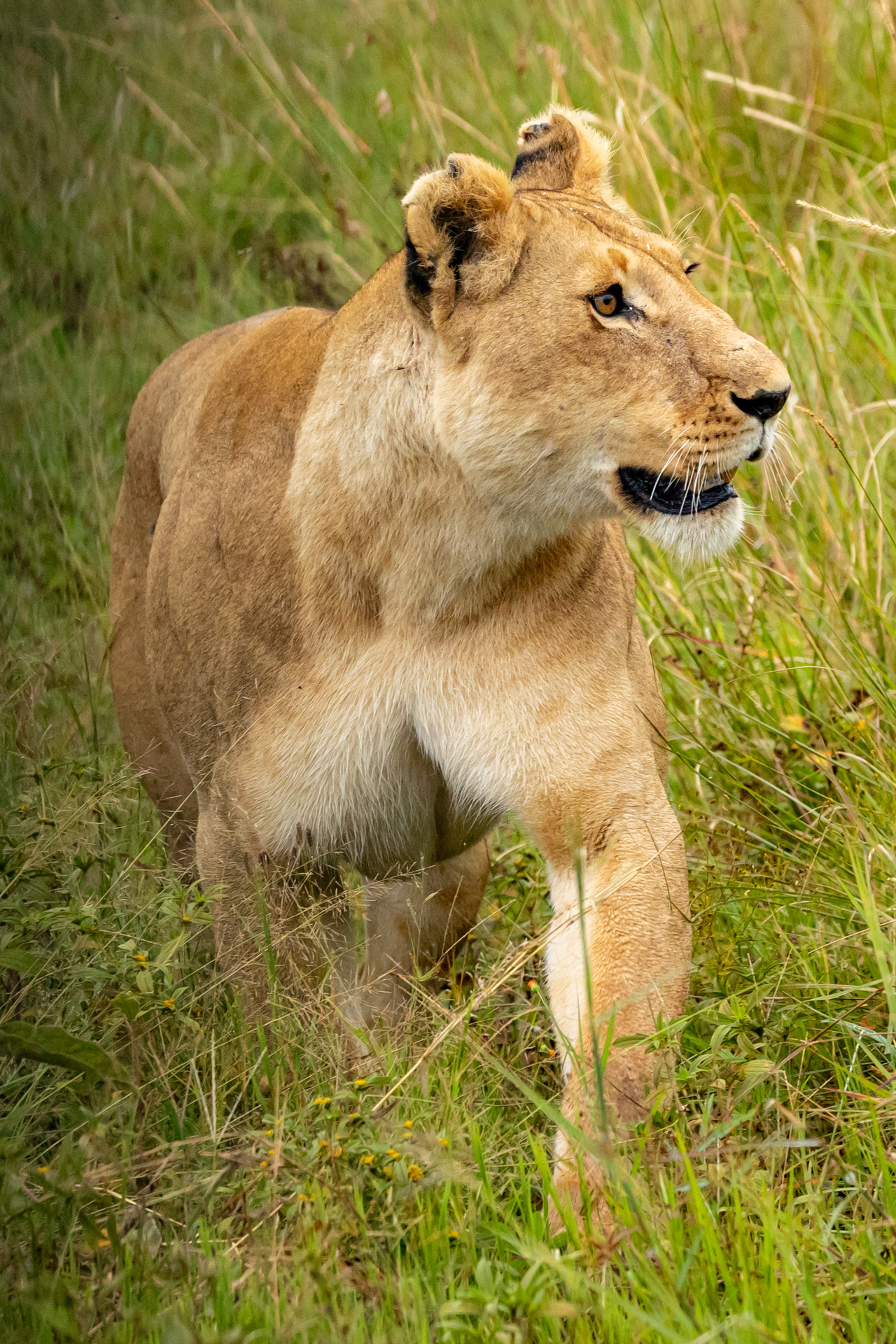
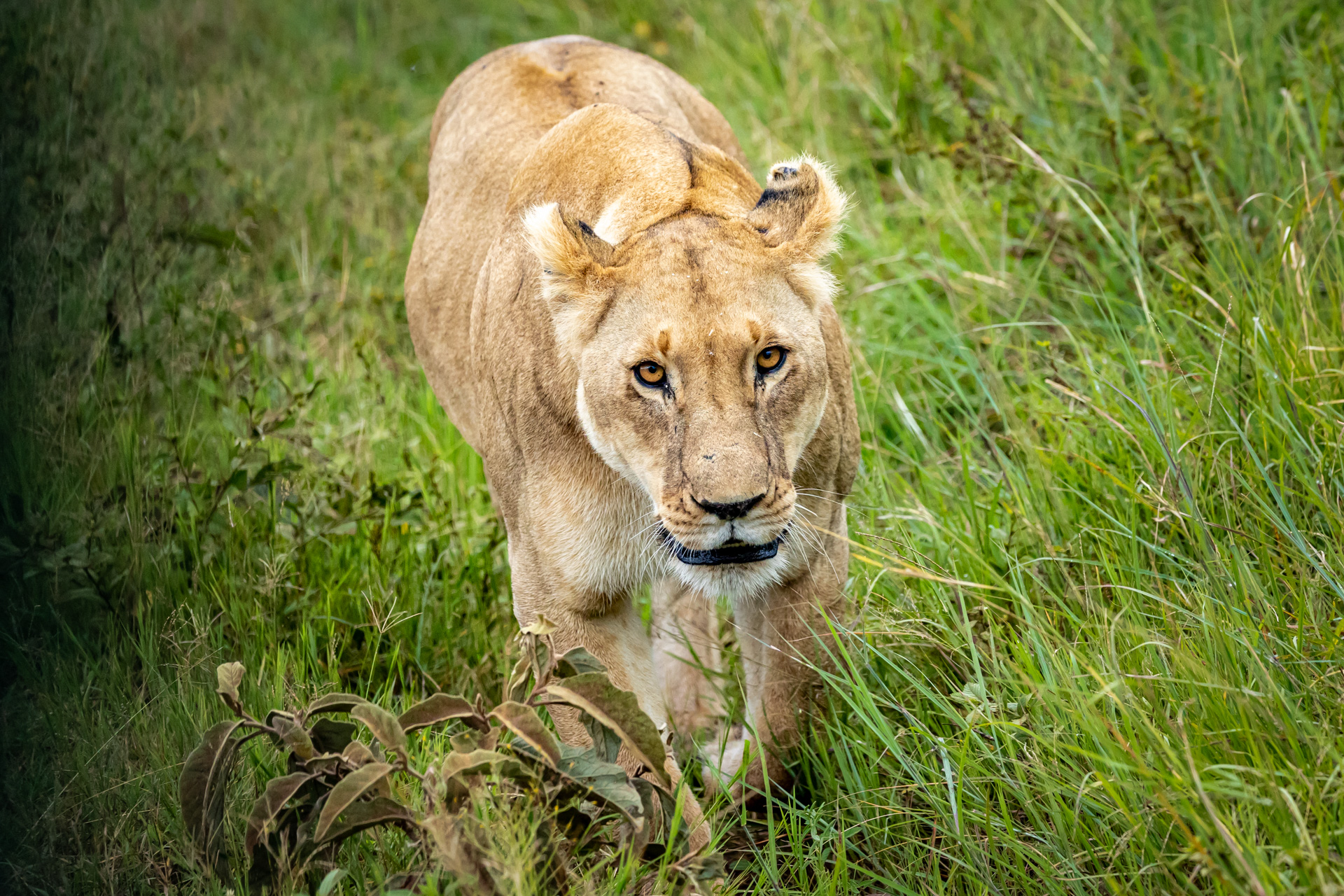
Recently the Angama Pride lioness was spotted on a tree and, as written in previous blogs, we think she might be pregnant again. Last year, she had four cubs that unfortunately did not survive the presence of rival males in her territory. She seems quite fond of trees as she is a good climber, which gives her a better vantage point. Fingers crossed we see her with some new cubs soon.
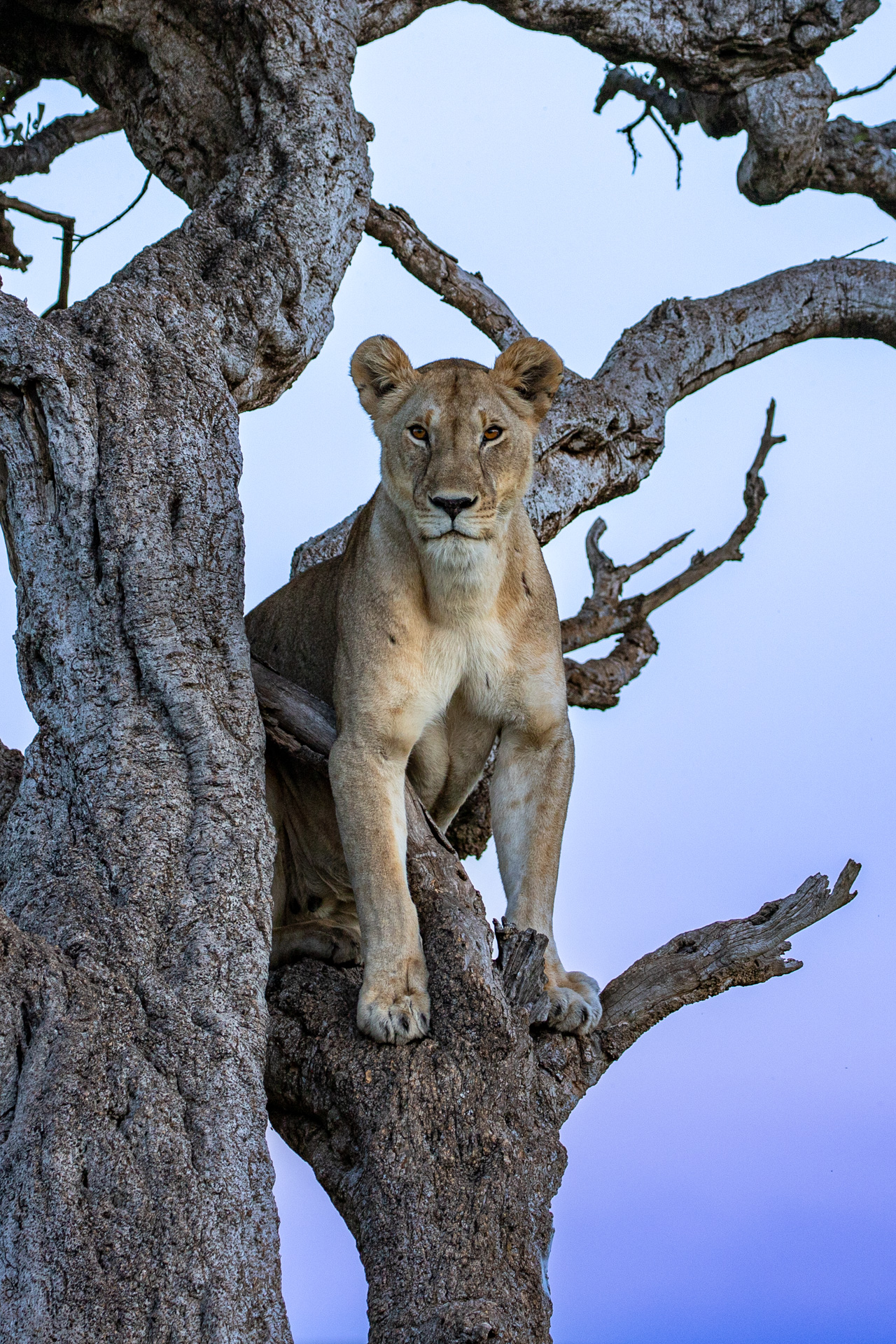
One thing we see with cheetahs is that they are constantly looking for energy in the form of food. The meals they eat are usually not large so sustaining a family is not an easy mission when you rely so heavily on running. We saw Risasi and her two cubs on two failed hunts with topi. But minutes later, she and her cubs could chase down a young Thompsons gazelle. After making the kill, they walked towards the shade of a tree and rested for some time. In the photo below, you see how big the cubs have gotten (nearly the same size as mum).
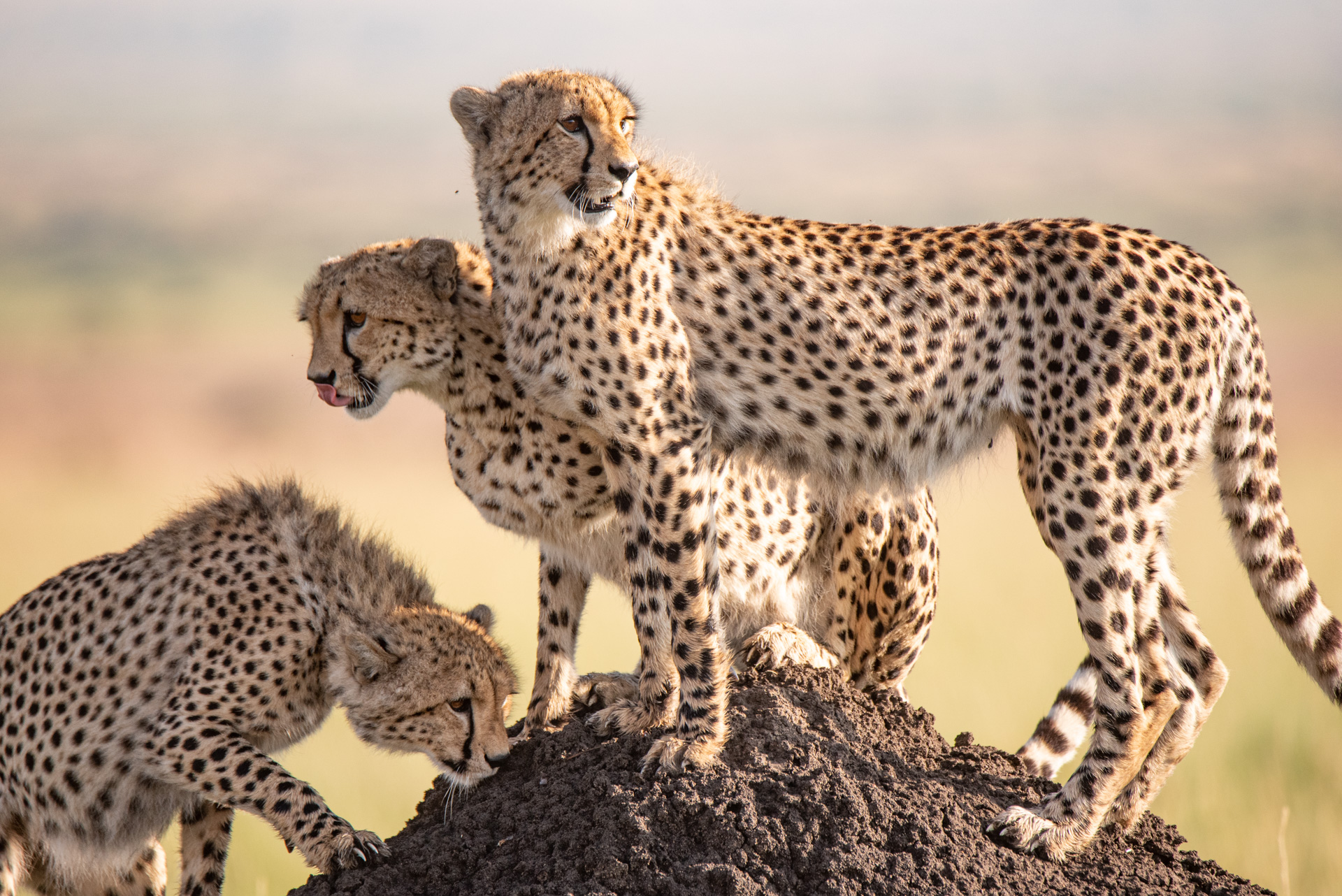
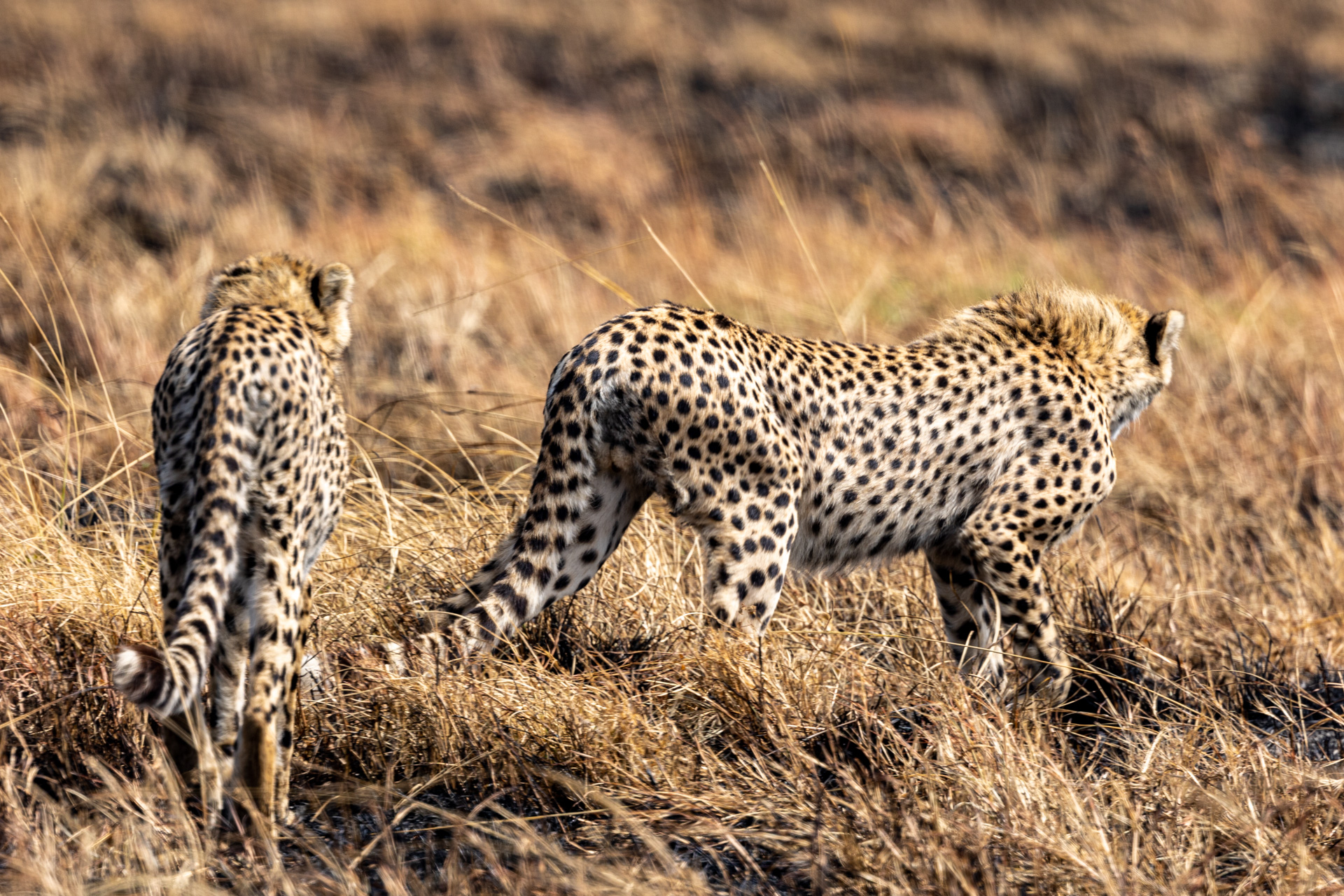
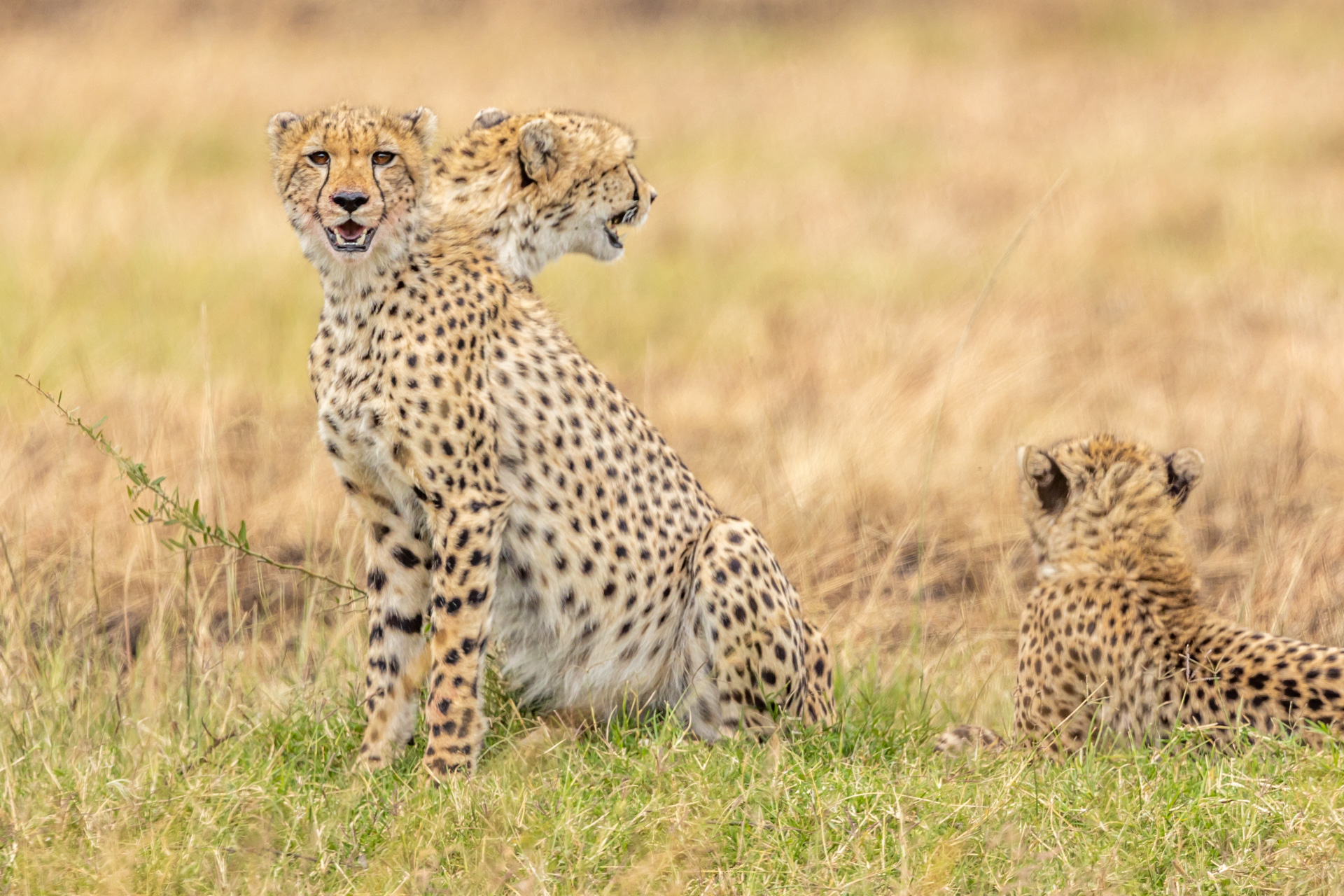
Sammy, my colleague here in the Photographic Studio, ran into Mrefu, the lone male lion that has been spotted recently in the Triangle. There have been reports of him interacting with other cats, including being chased by other lions when he was last seen. He seems to be roaming different territories at the moment and trying his luck.
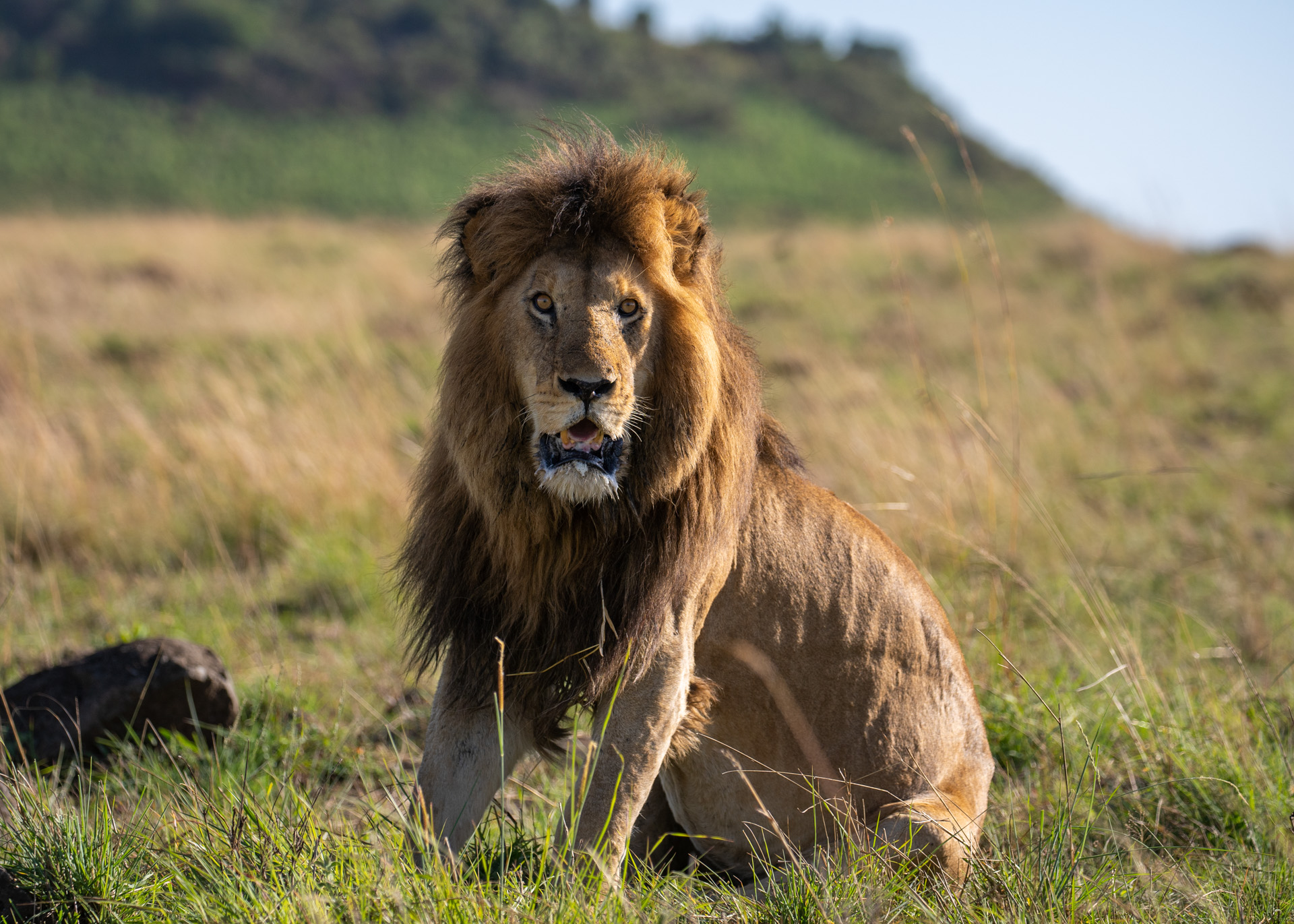
Angama guide Jeremy came across a puff adder snake on the way back to the lodge. This is the most common venomous snake in Africa. These snakes are not aggressive but will attack if they feel threatened. They play an essential role in the ecosystem as they help control the numbers of small mammals and birds.
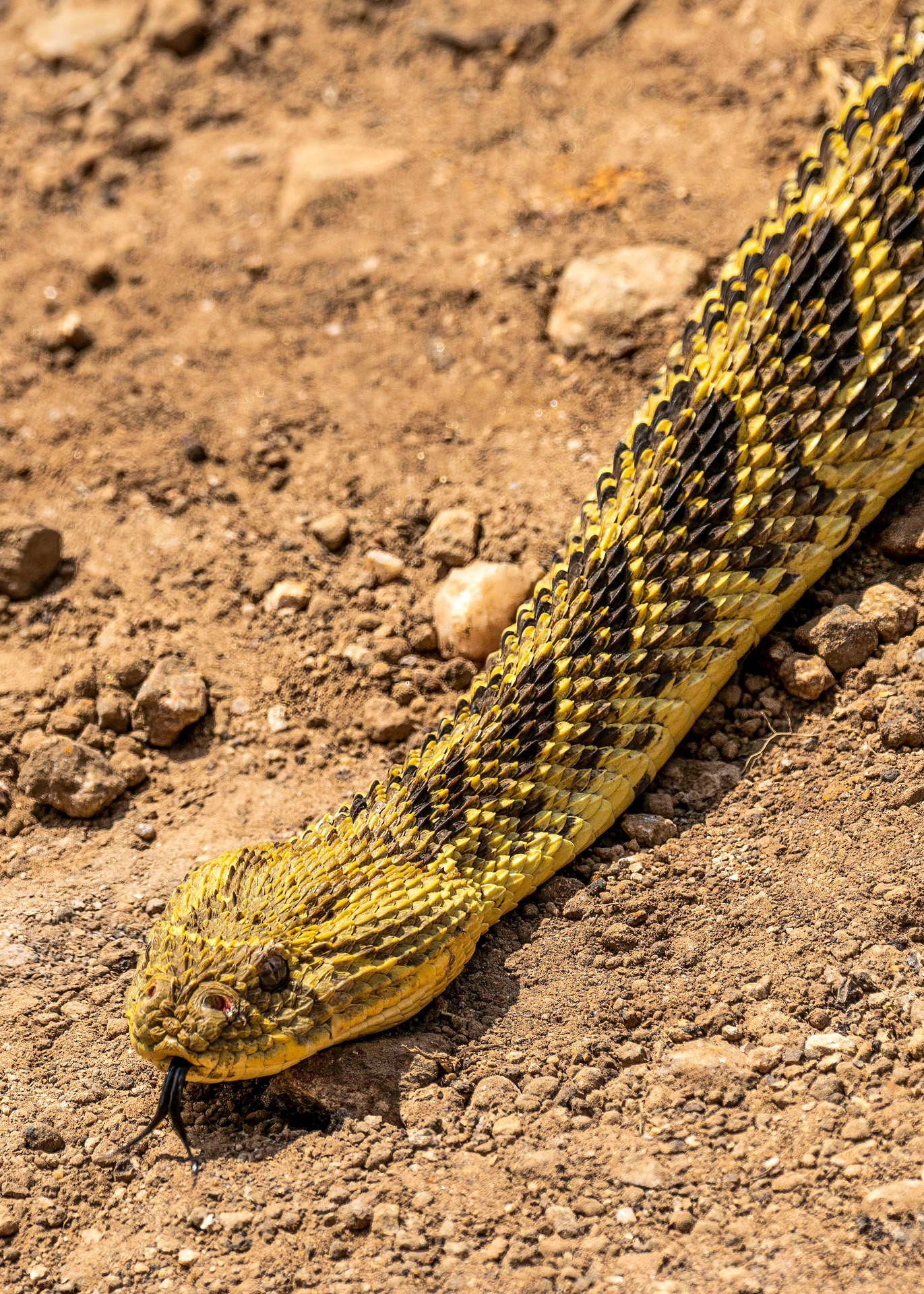
Wilson Naitoi, another one of Angama’s fantastic guides, had a number of interesting sightings this week. While stopped for a picnic, he noticed a small bird on the wonderful Steve Fitzgerald tree — a peregrine falcon — and later, a juvenile black-chested snake eagle. He also came across another lone male cheetah near Governor’s airstrip that had brought down a small Thompsons gazelle. It looked like the kill was fresh as the cheetah was breathing hard, indicating a recent chase. While driving back to the lodge, he saw a small elephant crossing the river with its mother. This is quite a dangerous feat as the elephant cannot swim yet, however, with the guidance of its mom, it and several others were able to make it across safely.
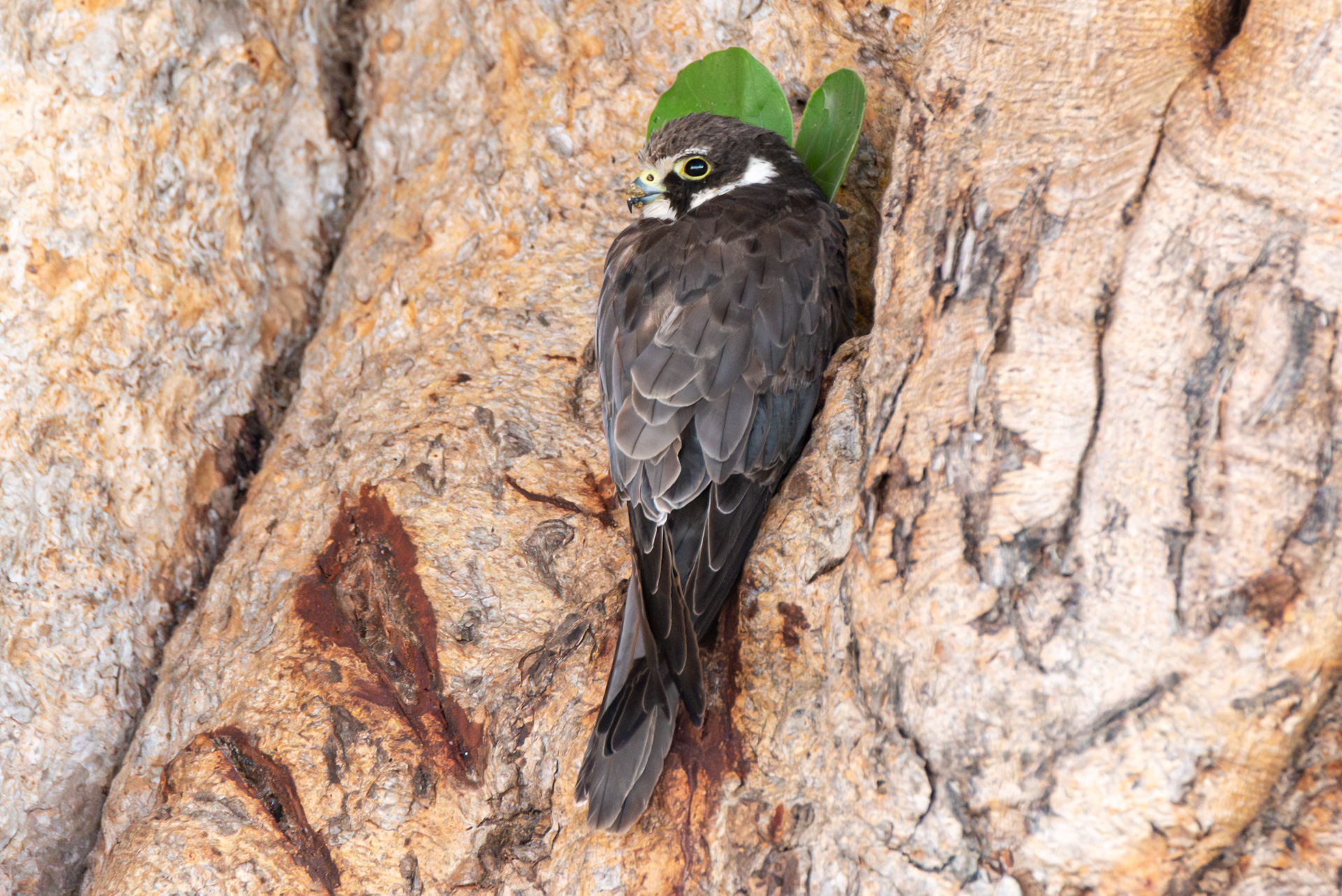
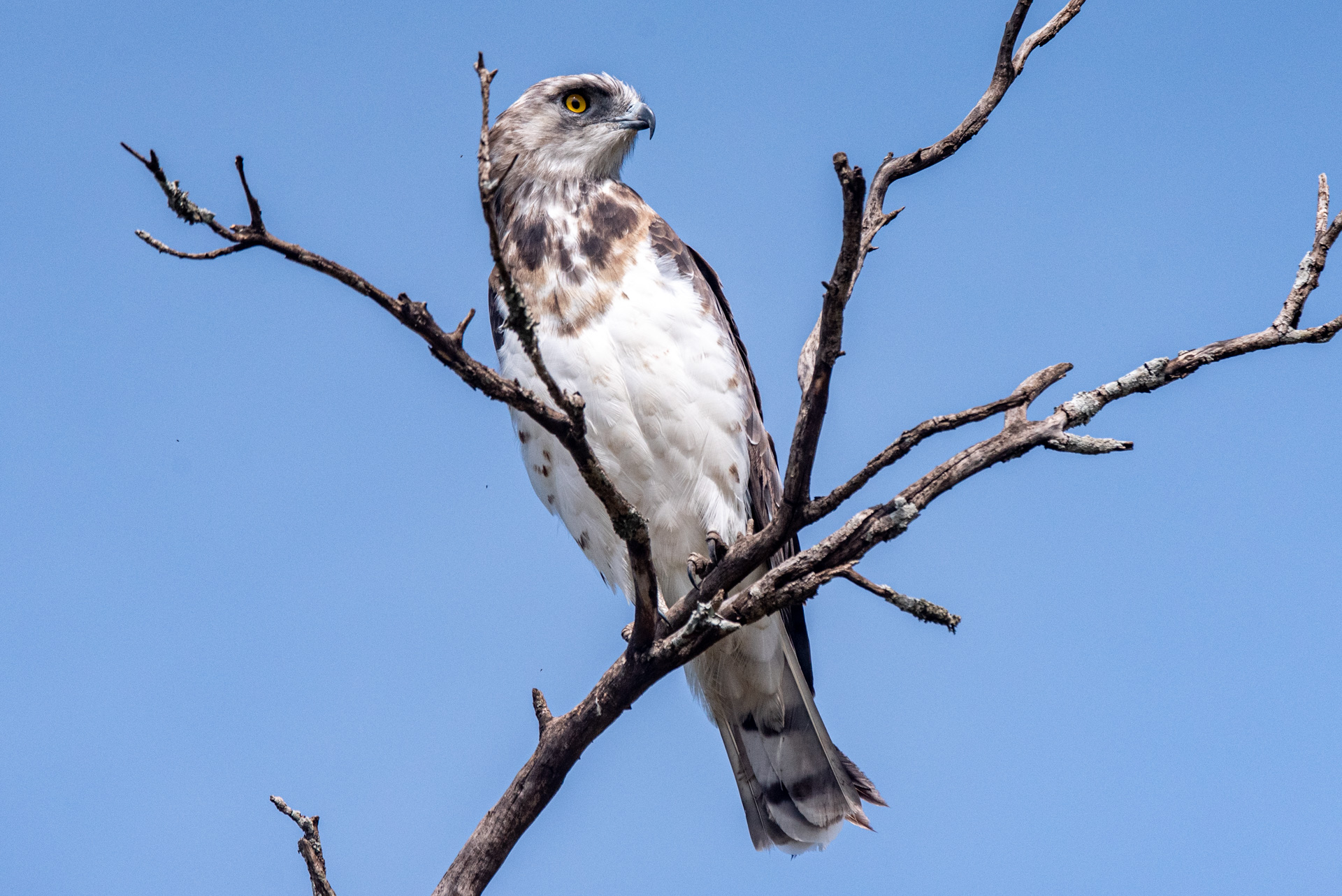
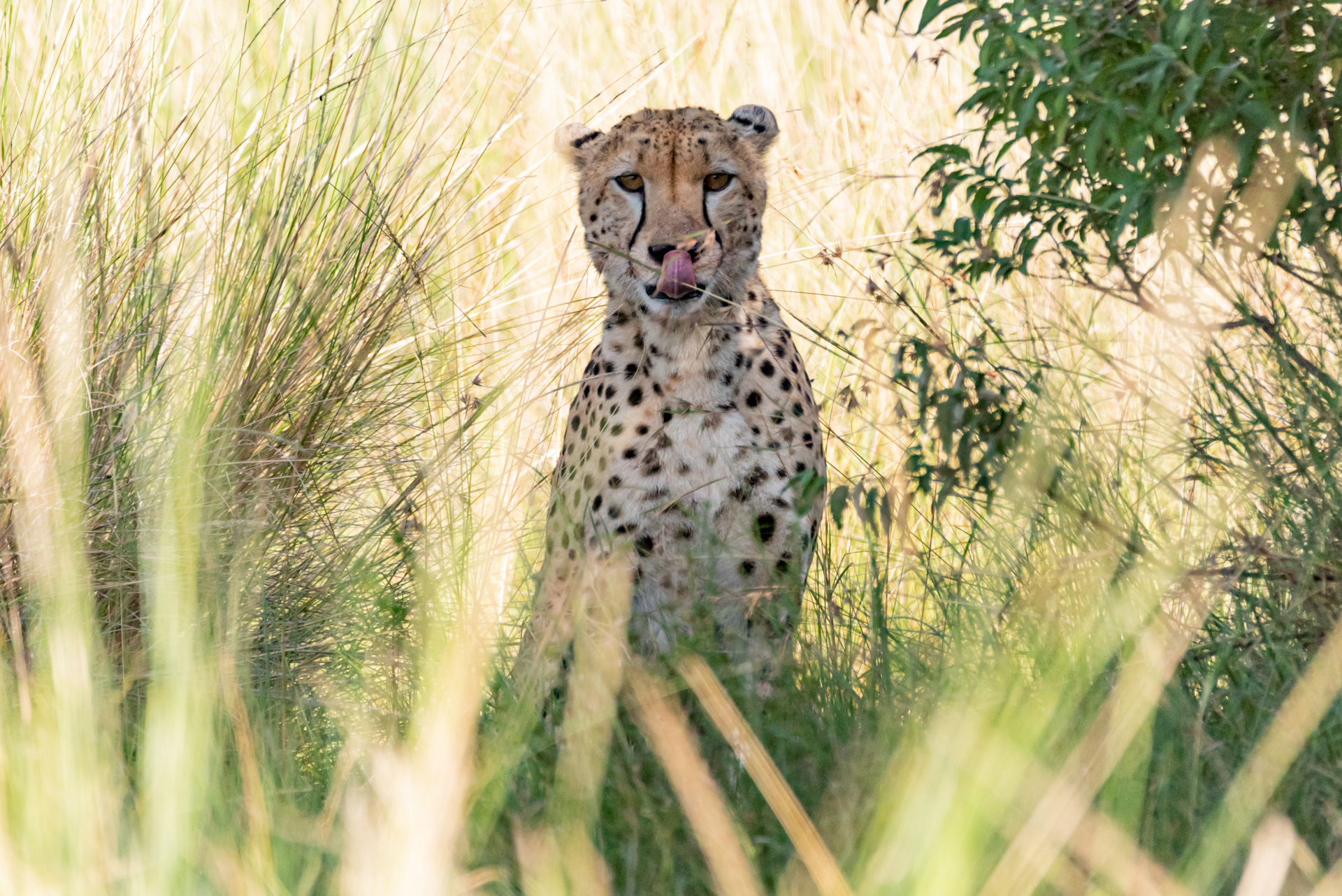
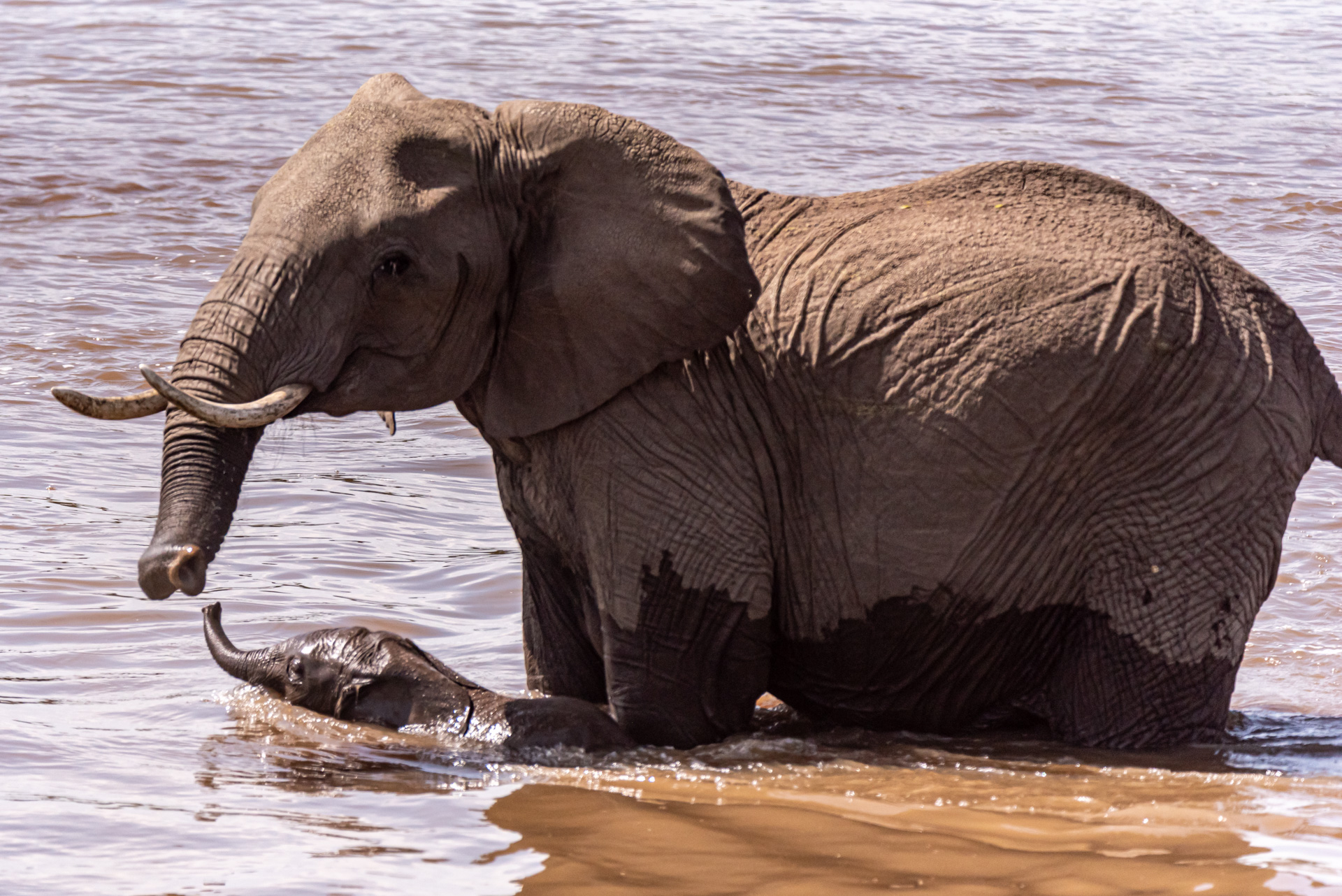
Early one morning, as the sun shined through some clouds on the horizon, we noticed something moving in the grass on the way down the escarpment. We saw several hyenas along the ditches beside the road and in some dens around the descent into the Triangle. I noticed one female that looked heavily pregnant, her belly almost touching the ground. She was active with multiple members in an elaborate display of social cues. Hyenas give birth to a litter of about three to four cubs and have a gestation period of 110 days. This female looks like she will give birth quite soon.
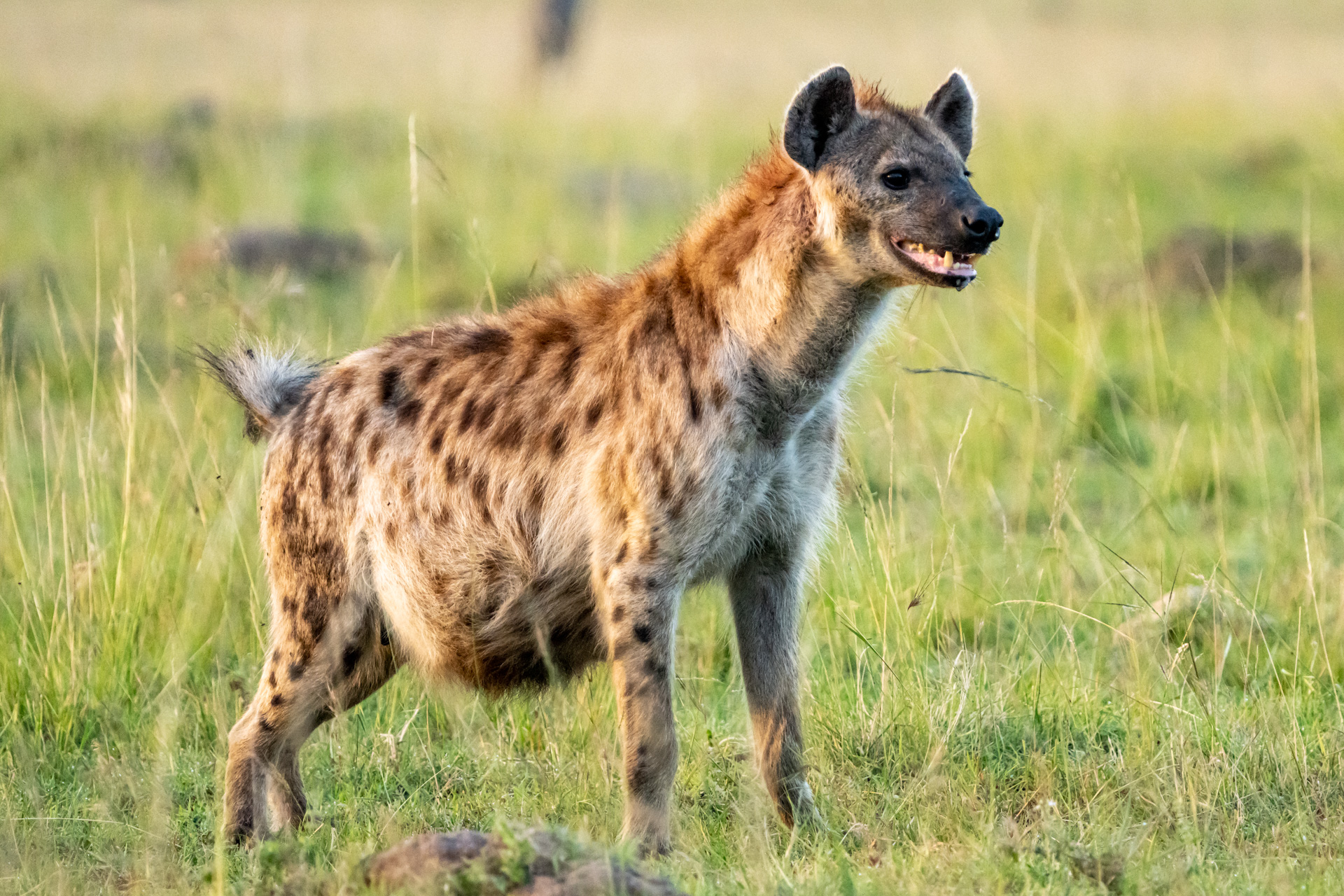
The same morning, we came upon the Bila Shaka boys, just beyond Shieni on the upper road. It had been some time since I had seen these males. They were laying in the grass when we arrived and we sat patiently waiting for them to move. Only for a moment, I got a glimpse of both males, which looked like Koshoke and Chongo. In the second photo, we see the distinct closed eye of Chongo. This coalition continues to thrive in the Triangle.
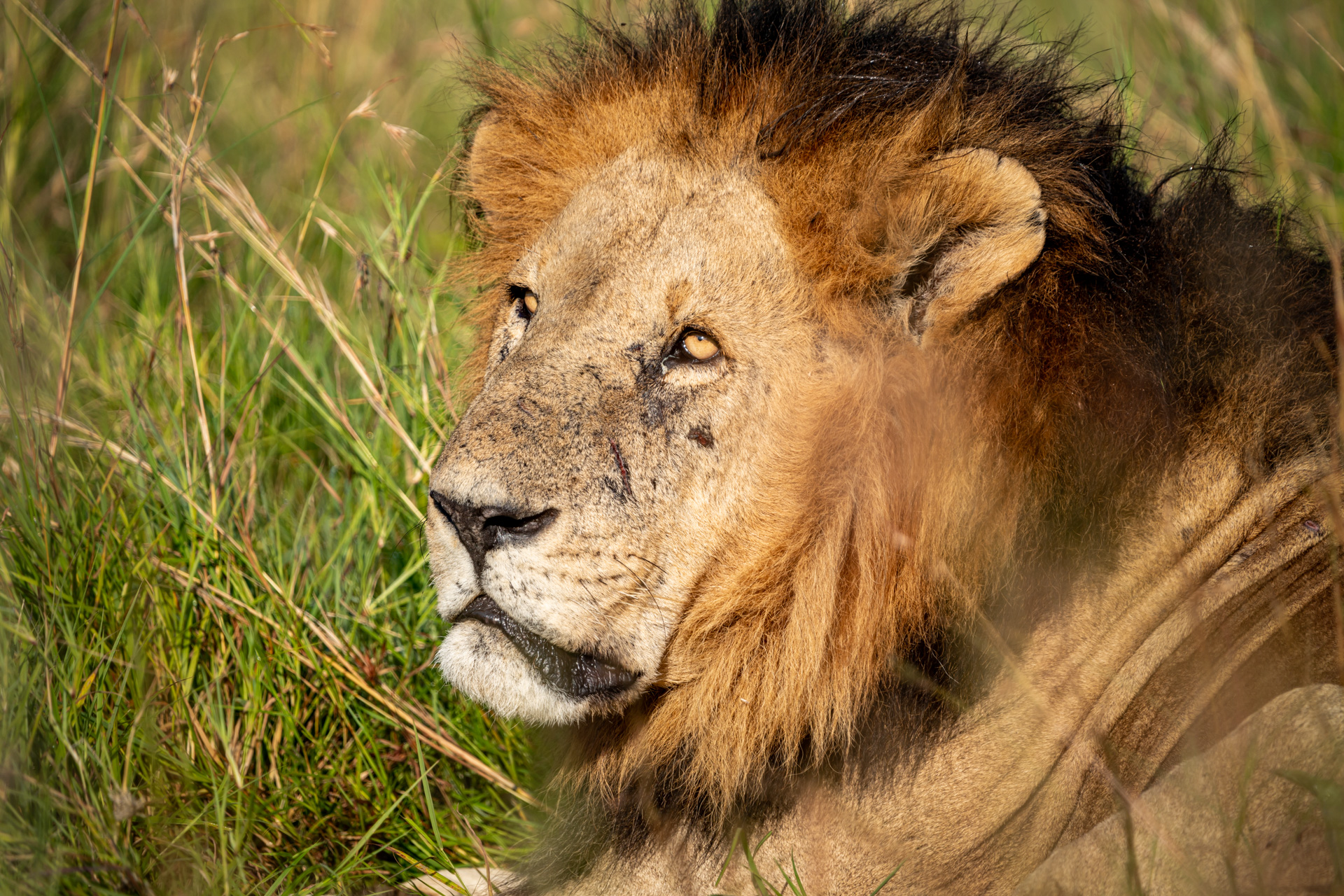
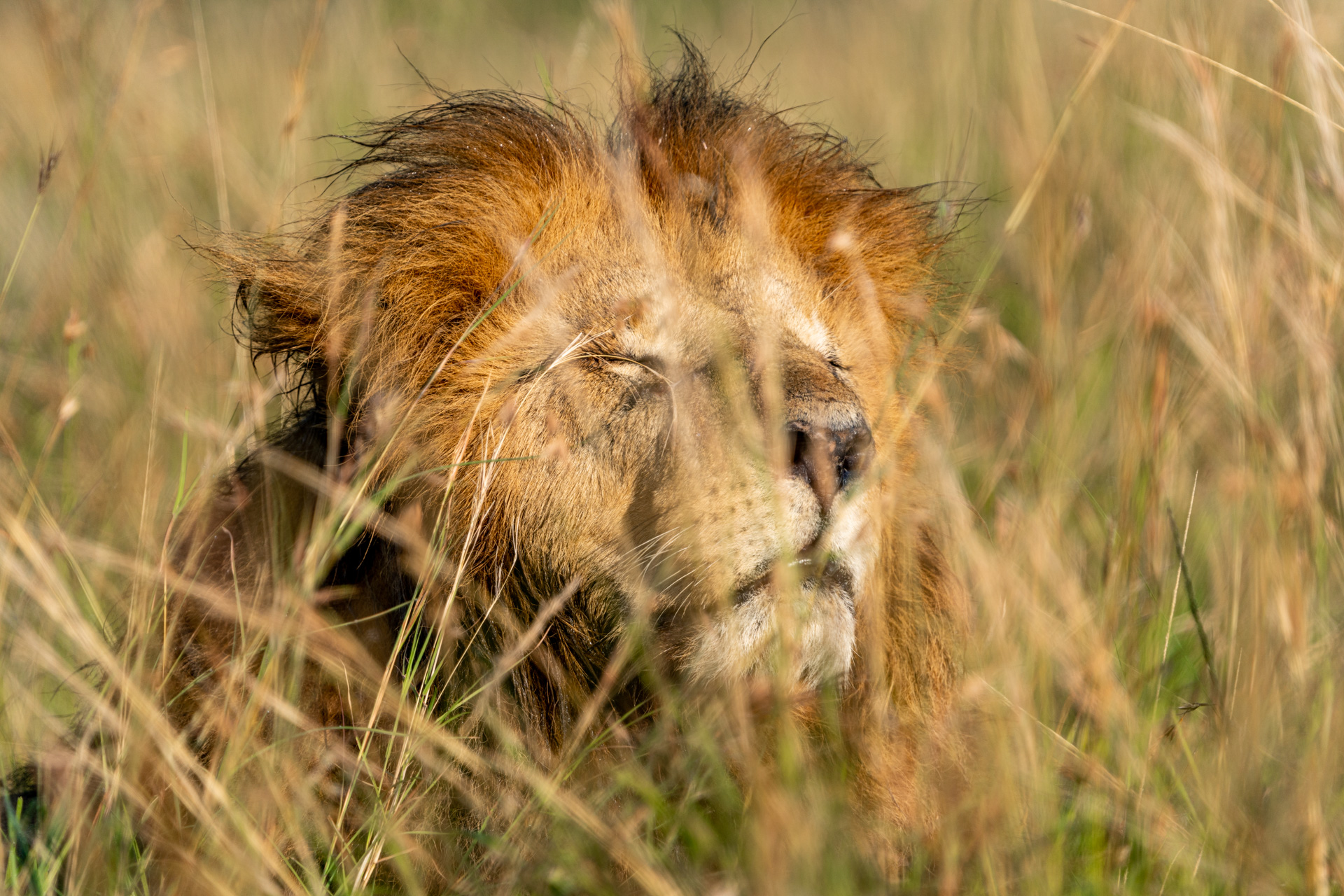
We anxiously await the Migration, whose herds are moving north to the Mara. And lastly, despite no photographic evidence, we continue to hear there is a leopard hanging around South Camp. As there are no fences to the park and animals are free to roam, I don’t think we can get much closer to the wild than that!
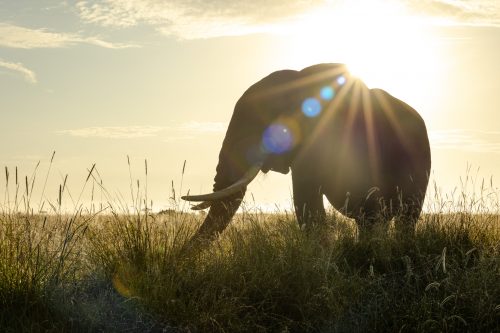
In his last instalment for the blog, Adam reflects on the past four and a half years at Angama while enjoying the last few drives in the Mara Triangle in an Angama vehicle.
Filed under: This Week at Angama
Subscribe for Weekly Stories
Comments (0):
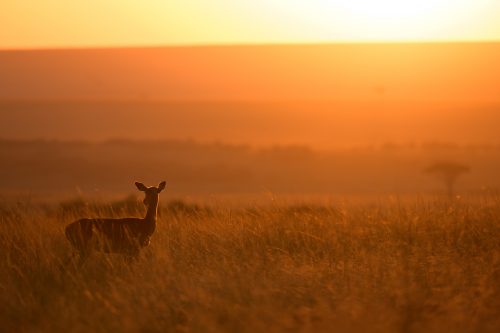
Rates & Availability